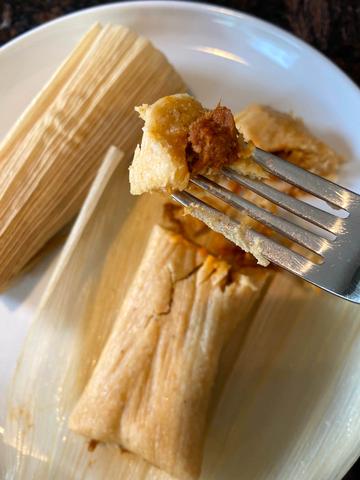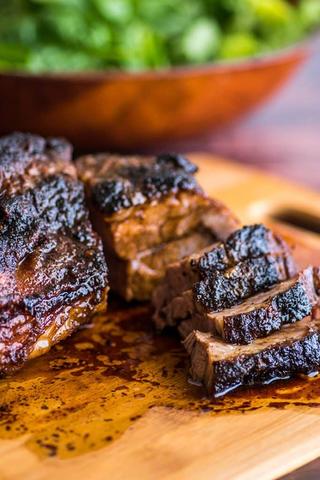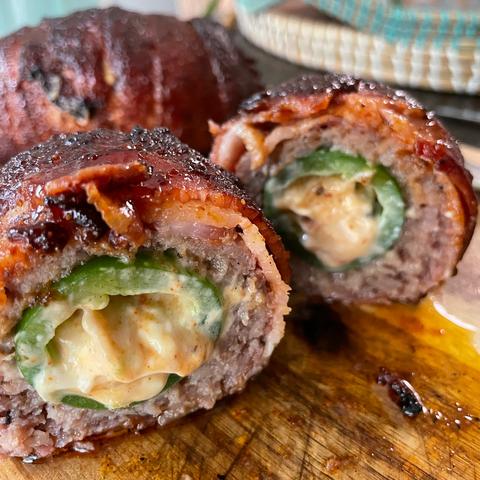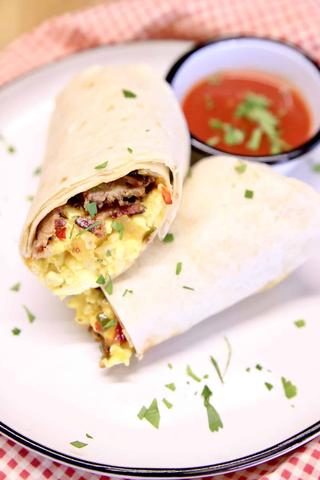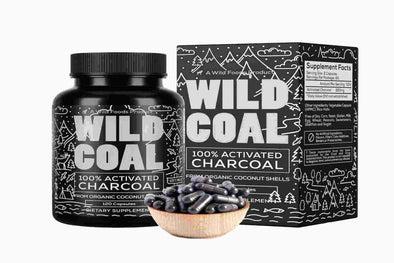
“Unveiling the Mystery: Does Charcoal Expire? Find out the truth behind this frequently asked question as we delve into the shelf life and storage guidelines of charcoal. Discover how long you can keep your charcoal and ensure optimal grilling experiences.”
WHAT IS THE LIFESPAN OF CHARCOAL?

The lifespan of charcoal is indefinite, which means that it will never expire or go bad. However, proper storage is essential to ensure its longevity. Charcoal should be stored in a cool and dry place, away from moisture. Moisture can cause the charcoal to take on a weird smell and render it unusable. Storing charcoal in an airtight bag or container can help prevent moisture and humidity from affecting its quality.
If charcoal becomes wet, it will be impossible to use as fuel. It is important to store charcoal away from any water source and ensure that the storage area is not damaged by water. If charcoal has been stored for a long time and you are unsure if it is still good, there are steps you can take to test its quality. If the charcoal has moisture, you can use lighter fluid or natural fire starters to assist with ignition. If the charcoal does not ignite properly or maintain a flame, it may have too much moisture and should be replaced.
STORAGE TIPS TO ENSURE A LONG LIFESPAN OF CHARCOAL
Proper storage is essential to maintain the quality and lifespan of charcoal. Here are some tips to ensure your charcoal stays good for as long as you need:
1. Store in a cool and dry place: Charcoal should be kept away from moisture, as it easily absorbs moisture from its surroundings. Choose a storage location that is cool and dry to prevent any exposure to moisture.
2. Use an airtight container or bag: To further protect the charcoal from moisture and humidity, store it in an airtight bag or container. This will help reduce the growth of mold and keep the charcoal intact for a longer period of time.
3. Check for water damage: Ensure that the storage area is not damaged by water or located near any water source. Wet charcoal becomes unusable, so it’s important to make sure the storage space is dry before storing your charcoal there.
4. Perform a moisture test: If you have stored charcoal for a long time and are unsure if it has gone bad, you can perform a moisture test. Light the charcoal as usual and observe if it ignites easily and maintains a flame. If it struggles to ignite or cannot sustain a flame, it likely contains too much moisture and should be replaced.
By following these storage tips, you can prolong the lifespan of your charcoal and ensure its quality when used for outdoor cooking.
NO EXPOSURE TO MOISTURE
Charcoal should be stored in a cool and dry place to prevent exposure to moisture. Moisture can cause the charcoal to develop a weird smell and render it unusable. It can also lead to the growth of mold, which poses health and safety risks. To ensure the charcoal stays dry, store it in an airtight bag or container that does not allow any moisture or humidity inside. Additionally, make sure the storage area is not damaged by water and is free from any water source that could potentially wet the charcoal.
USE AN AIRTIGHT BAG OR CONTAINER
When storing charcoal, it is important to use an airtight bag or container to prevent any moisture or humidity from entering. This will help maintain the integrity of the charcoal and prevent the growth of mold. By sealing it in an airtight bag or container, you can ensure that your charcoal stays dry and usable for a long time.
It is crucial to store your charcoal away from any water sources to prevent it from becoming wet. If charcoal gets wet, it becomes useless as fuel and cannot be used for cooking. Make sure to check that the storage place is not damaged by water and is completely dry before storing your charcoal there.
If you have stored your charcoal for a long time and are unsure if it has gone bad, you can perform a simple test before using it. Check for any signs of moisture in the charcoal. If there is moisture present, you can use lighter fluid or natural fire starters to assist in igniting the charcoal. However, if you prefer not to use these aids, it may be best to discard the old charcoal and purchase new ones.
When selecting charcoal for outdoor cooking, it is important to choose the right type based on your needs. Briquettes are ideal for grilling as they burn for a long time and can withstand high heat. Lump charcoal is quick to burn and works well for foods that cook quickly. Binchotan is traditional Japanese charcoal that requires labor-intensive production but offers consistency in burning. Hardwood charcoal burns slowly and is best suited for long grilling sessions. Coconut shell charcoal burns for a long time and has a strong heat. Consider the features of each type and select the one that best suits your cooking requirements.
The key to ensuring a long lifespan for your charcoal is to store it in a cool and dry place. Moisture is the enemy of charcoal, as it can lead to mold growth and make the charcoal unusable. Choose a storage location that is away from any moisture or humidity. This will help preserve the quality of your charcoal and ensure that it remains good for as long as you need it.
KEEP AWAY FROM ANY WATER SOURCES NEARBY
It is crucial to store your charcoal away from any water sources, as exposure to water can render the charcoal useless. If the charcoal becomes wet, it will be impossible to use it as fuel for cooking. Make sure to check that the cabinets or storage place where you keep the charcoal are not damaged by water. By ensuring that the storage area is dry, you can prevent any moisture from affecting the quality of the charcoal.
5 STEPS TO CHECK IF CHARCOAL HAS GONE BAD
1. Inspect the charcoal: Look for any signs of mold, unusual smell, or discoloration. If you notice any of these, it is an indication that the charcoal has gone bad.
2. Test the ignition: Light the charcoal as you usually do when adding it to the starter. If it is difficult for the charcoal to ignite and maintain a flame, it could be due to excessive moisture, indicating that the charcoal has gone bad.
3. Check for ash production: Good charcoal will produce a moderate amount of ash while burning. However, if you notice excessive ash production or clumps of unburned material, it could be a sign that the charcoal is no longer usable.
4. Assess burn time and heat output: Pay attention to how long the charcoal burns and its heat output. If you find that it burns quickly or produces insufficient heat, it might indicate that the charcoal has lost its effectiveness.
5. Use natural fire starters: If you are uncertain about the quality of your charcoal, use natural fire starters to assist with ignition and ensure a consistent flame. If the charcoal still fails to ignite properly or burns inconsistently even with fire starters, it is likely expired and should be replaced.
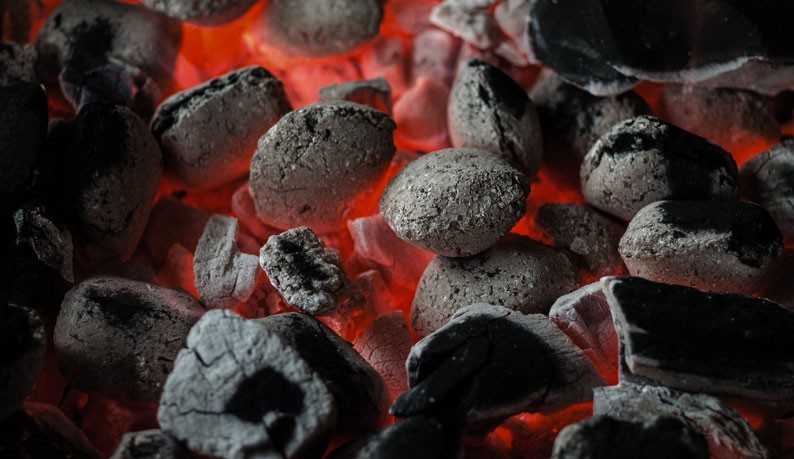
TOP TYPES OF CHARCOAL YOU CAN USE FOR OUTDOOR COOKING
1. Briquettes: This type of charcoal is created by compressing charcoal with a binder. It burns for a long time and can manage high heat during cooking. However, it may produce a foul odor and create a lot of ash.
2. Lump Charcoal: Made from hardwood with no additional treatments, lump charcoal burns quickly and withstands high temperatures. It may not burn evenly at all times, so it is best for quick-cooking meats like hot dogs, hamburgers, or vegetables.
3. Binchotan: Traditional Japanese charcoal made from oak tree wood pieces and branches. It requires a lengthy process to produce and is not easily available in the market.
4. Hardwood Charcoal: Similar to briquettes in production process but burns more slowly due to its high wood density. Ideal for long cooking times without needing to reignite or refill.
5. Coconut Charcoal: Made from discarded coconut shells, this type of charcoal burns for a long time and is stronger than other types. However, it may be harder to find in the market.
BRIQUETTES
Briquettes are a popular type of charcoal that is perfect for grilling. They are made by compressing charcoal with a binder, which allows them to burn for a long time. Briquettes are treated with other substances to enhance their integrity and structure, making them convenient and easy to use. However, they may produce a foul odor initially due to the additional coating, and they can also create a significant amount of ash while grilling.
LUMP CHARCOAL
Lump charcoal is made with hardwood and does not undergo any additional treatments or binding agents. This type of charcoal burns quickly and can withstand high temperatures, making it ideal for grilling hot dogs, hamburgers, or vegetables that cook quickly. However, one potential drawback is that lump charcoal may not burn evenly at all times. Despite this, many outdoor cooking enthusiasts prefer lump charcoal for its natural and authentic grilling experience.
BINCHOTAN CHARCOAL
Binchotan charcoal is a traditional type of charcoal that has been produced for hundreds of years. It is made from Japanese oak tree wood pieces and branches. The production process involves heating the materials inside a kiln for one to three weeks, resulting in charcoal with ideal burning consistency. However, Binchotan charcoal is not easily available due to the labor-intensive production process. Therefore, it is recommended to use other types of charcoal for grilling needs.
HARDWOOD CHARCOAL
Hardwood charcoal is a popular type of charcoal that is made from burning wood without any additional treatments or binders. It is known for its quick-burning capabilities and ability to withstand high temperatures. The density of the wood used in hardwood charcoal allows it to conduct heat properly, making it ideal for grilling food for long periods of time without needing to reignite or refill. If you enjoy grilling meats that require longer cooking times, hardwood charcoal is a great option to consider.
COCONUT SHELL
Coconut shell charcoal is a type of charcoal that is made from coconut shells, which are often discarded as waste. However, these shells can be transformed into a high-quality charcoal that burns for a long time and provides a strong heat source. The density of the coconut shell charcoal allows it to burn slowly and evenly, making it ideal for grilling food over an extended period of time without the need to constantly reignite or refill. Additionally, this type of charcoal does not produce any strong aromas while grilling, making it perfect for enhancing the natural flavors of your food.
FINAL WORDS
In conclusion, charcoal does not go bad or have an expiry date if stored correctly. The key to maintaining the lifespan of charcoal is to store it in a cool and dry place, away from moisture. Using an airtight bag or container can also help prevent the growth of mold and maintain the integrity of the charcoal.
When it comes to types of charcoal for outdoor cooking, there are several options to choose from. Briquettes are convenient and burn for a long time, while lump charcoal burns quickly and is ideal for grilling quick-cooking foods. Binchotan charcoal requires a lengthy production process but provides consistent burning properties. Hardwood charcoal burns slowly and is suitable for long cooking times, while coconut shell charcoal offers long burning time without creating any aroma.
By following these storage tips and selecting the right type of charcoal for your needs, you can ensure that your grilled food has the best flavor and quality. Remember to check if the charcoal has gone bad by testing its ability to ignite and maintain a flame before use.
In conclusion, charcoal does not have an expiration date. As long as it is stored properly in a dry place, it can be used indefinitely. However, if the charcoal has been exposed to moisture or has developed a strong odor, it is best to replace it for optimal grilling results.
Learn More About Grilling
If you want to learn more about grilling, check out these other helpful resources!

